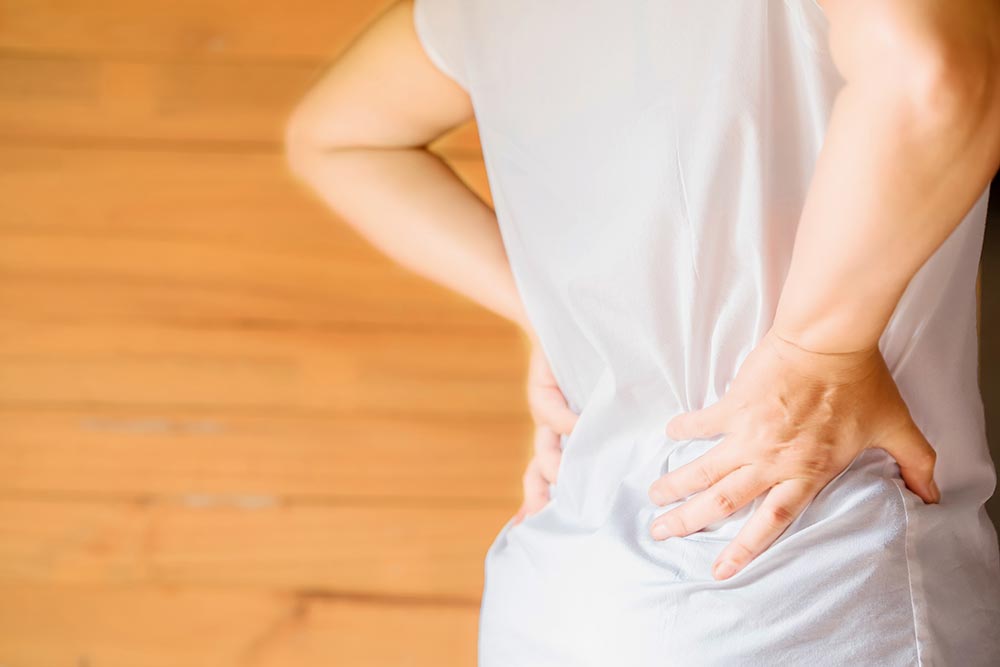Arthritis could quite be literally – a pain.
It limits your capabilities for movements and activities, impeding your time to enjoy life. It can be disheartening and even prevent you from building relationships with people, especially if your doctor discourages you from doing any physically stimulating work.
One of the common types of arthritis is osteoarthritis, which is usually characterized by extreme joint pains. This affects 27 million Americans.
Many people believe that joint pain is a given when you’re growing old, but there are actually recent osteoarthritis clinical trials that show how far medical science has gone.
Before finding out what the treatments are. It is important to get imaging of your cartilage damage with an X-ray. You can also be diagnosed using MRI to get information on more complex cases. Analyzing your blood before treatment is also essential.
Although blood tests are not needed directly for Osteoarthritis, specific blood related work can help rule out its causes. It might also be that your doctor does a fluid draw from your affected joint through a needle. This is if your symptoms include inflammation or might be gout-related.
The times are really changing. Treatments have gotten better, and a lot of people have improved from the. If you have osteoarthritis, there are a lot of strategies and even treatments to reclaim your mobility and get rid of the unbearable joint pain.
Having mentioned all that, here are the seven treatments to relieve Osteoarthritis pain:
- Medication
Acetaminophen (Tylenol, others) is advised for people who have mild to moderate symptoms. It helps relieve pain.
However, taking more than the prescribed amount can cause liver damage. There are also Nonsteroidal anti-inflammatory drugs (NSAIDs). Over-the-counter NSAIDs, can be for moderate to severe pain. NSAIDs include ibuprofen (Advil, Motrin IB, others) and naproxen sodium (Aleve). Stronger NSAIDs need a prescription, and it’s essential to take them in moderation as they can cause stomach upset, cardiovascular problems, bleeding problems, and liver and kidney damage.
If you want an NSAID with fewer side effects, its gel form also works fine to reduce joint pain.
- Therapy
Getting a physical therapist can actually work to rehabilitate the joints through gentle flexibility and movement training. Gentle exercises such as swimming and walking also work.
Another kind is an occupational therapist that could help you figure out ways to do everyday tasks efficiently without much strain. This therapist considers things like having a more oversized toothbrush handle (for osteoarthritis-affected hand) or getting a small bench for sitting in the shower (for knee – swelling).
1. Transcutaneous electrical nerve stimulation (TENS).
This kind of treatment uses low voltage electric currents to the hip and knee to relieve pain in both.
2. Corticosteroid injections
Corticosterioid injection into your joint might help reduce pain for a few weeks. The doctor numbs the spaces between your joints to inject the joint medication in the procedure. Dependence on the medication could worsen over time, so this is only limited to 3-4 injections a year.
3. Lubrication injections.
Hyaluronic acid injections give cushioning to your knee. Though some research shows the effect is more of a placebo, other patients claimed it worked for them.
4. Realigning bones.
If your osteoarthritis is severe and has damaged your knee, an osteotomy might be helpful. During this process, a surgeon cuts across the bone (either above or below the knee), and then adds or removes a wedge of bone. This shifts your body weight so you can walk better.
5. Joint replacement.
In this kind of surgery, your surgeon removes your damaged joint to replace them with plastic and metal parts. There are, however, surgical risks such as infections and blood clots. A thing to consider too is that artificial joints can come loose, wear out, or might eventually need to be replaced.
Other more straightforward tips in relieving pain caused by osteoarthritis generally involve living a healthy life. Staying active, like doing mild exercises help build muscle. This aids you in movement and balance, helping the worsening symptoms to ease. Eating healthy also contributes to easing joint pains. Osteoarthritis clinical studies have shown that eating a balanced diet contributes to the body’s tolerance and readiness when joint pain arises.
Losing weight could also help as this would be an automatic effect of a healthy lifestyle that one practices. Proper weight and height ratio contributes to not straining the joints.
Lastly, sleeping well. Sleep is essential to overall wellness, affecting the body’s metabolic health. At the onset of osteoarthritis pain, one could also lie down and utilize pillows to relieve the painful area.
If you have osteoarthritis, do not fret! It is surely manageable with all the treatments mentioned above. Don’t hesitate to consult your doctor or medical service provider right away for any questions. Always remember to ask your doctor for the best treatment that can be applied to your case.
